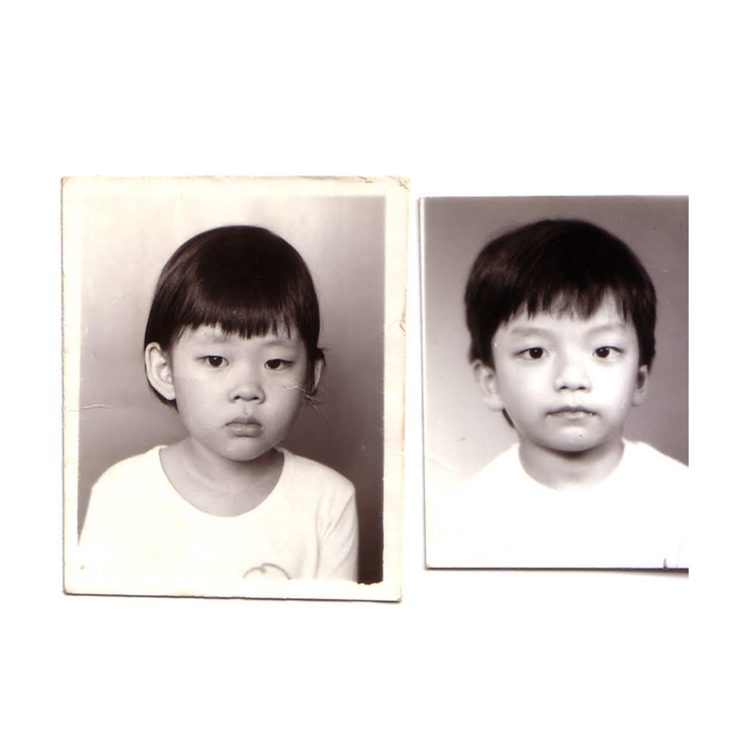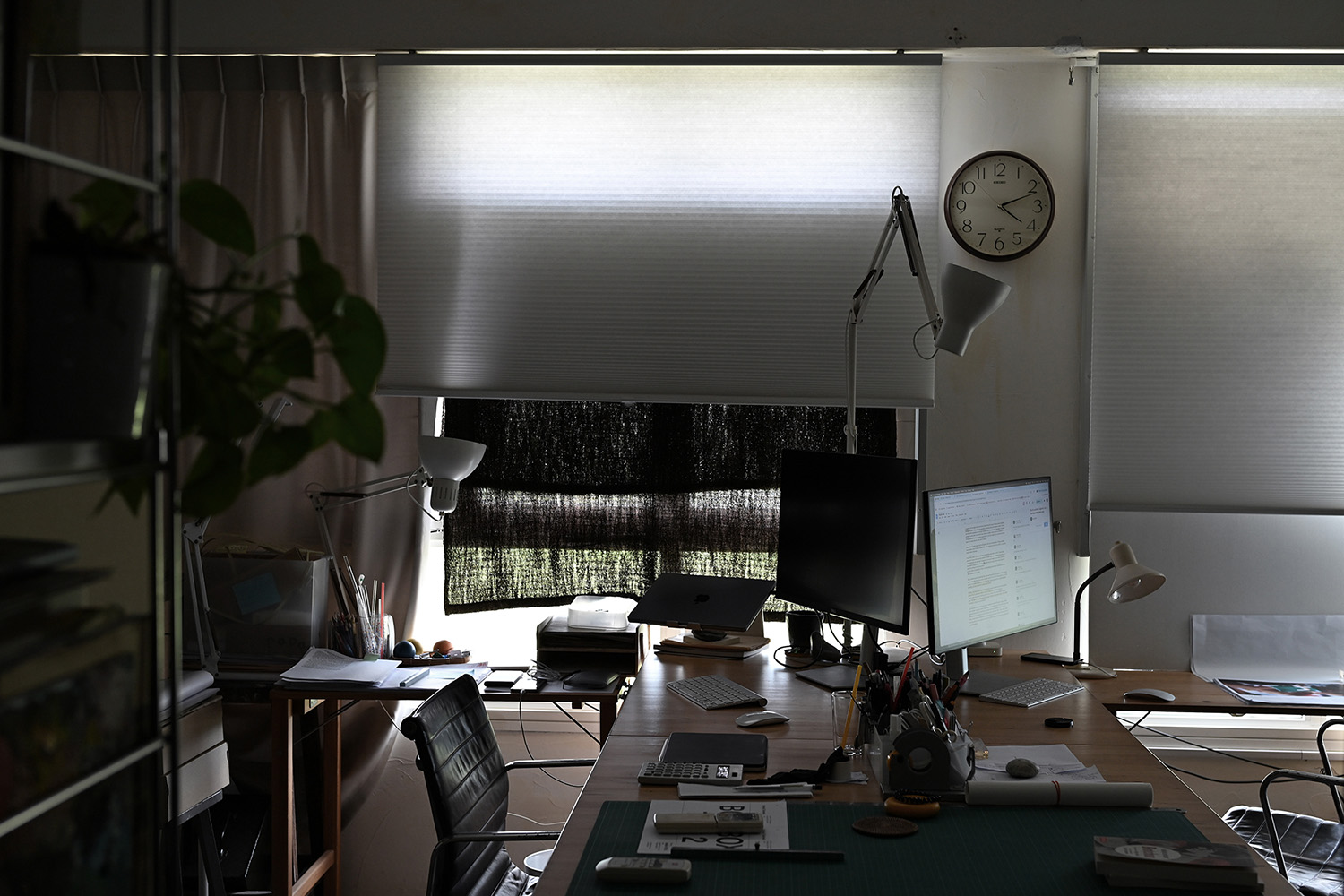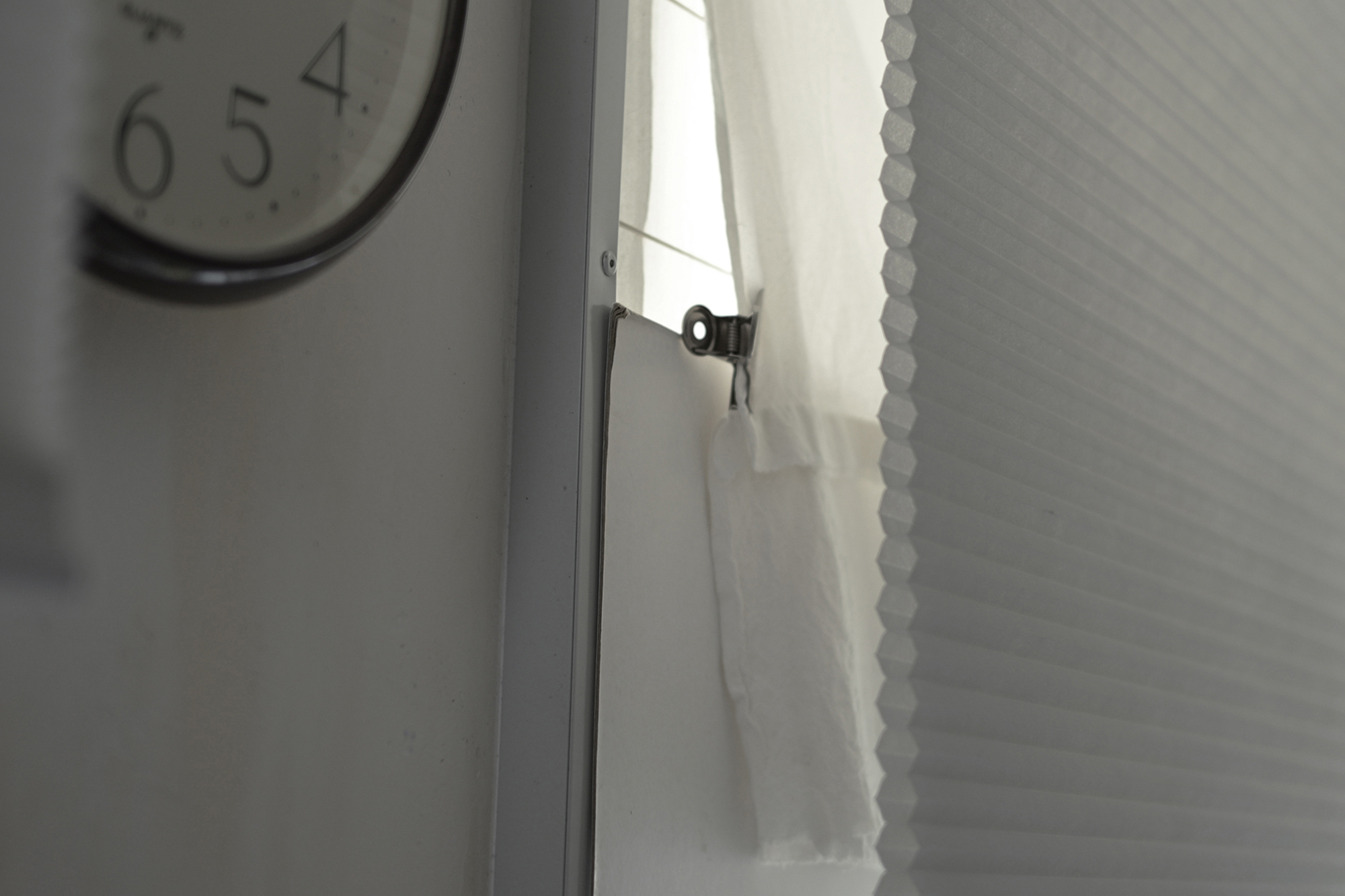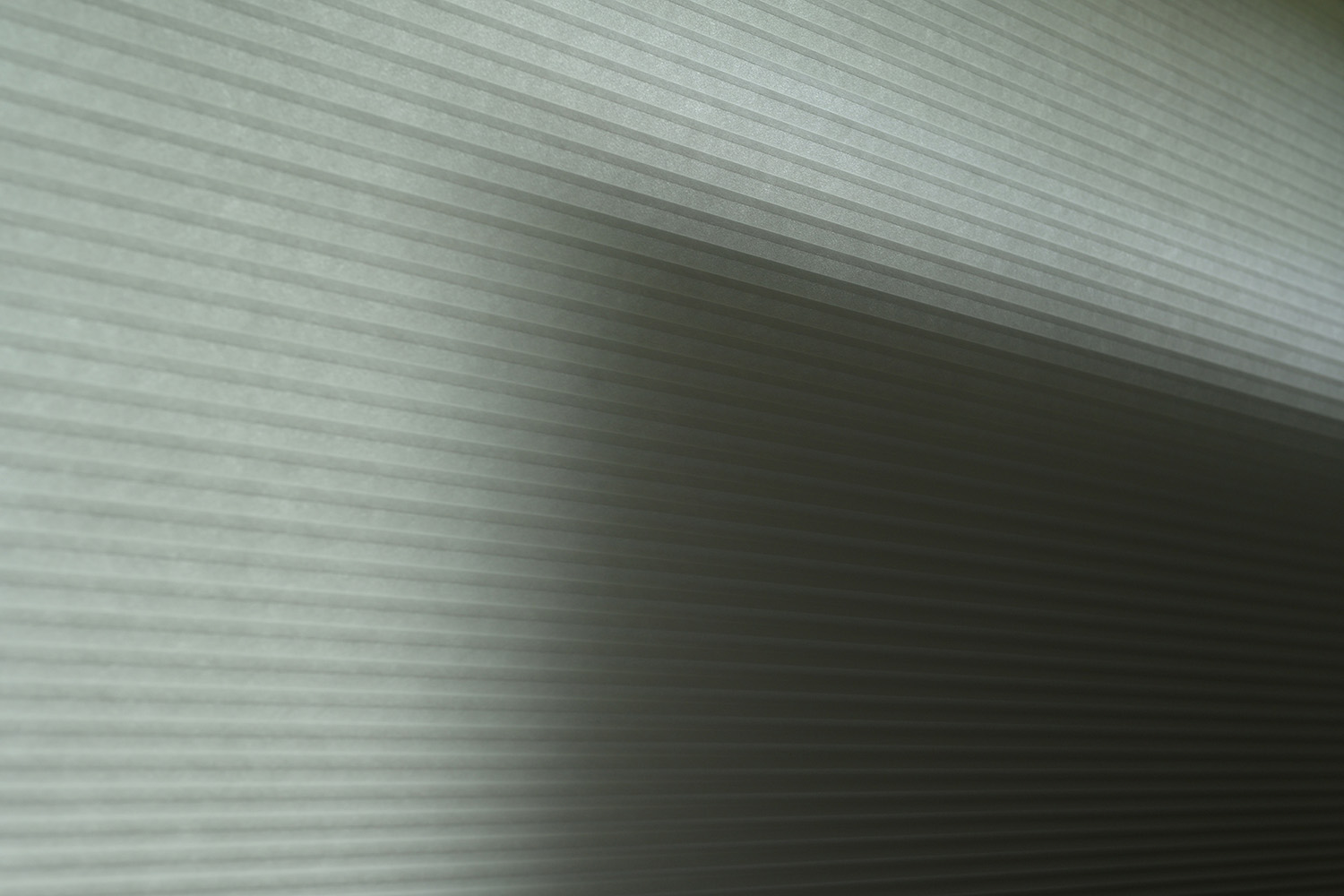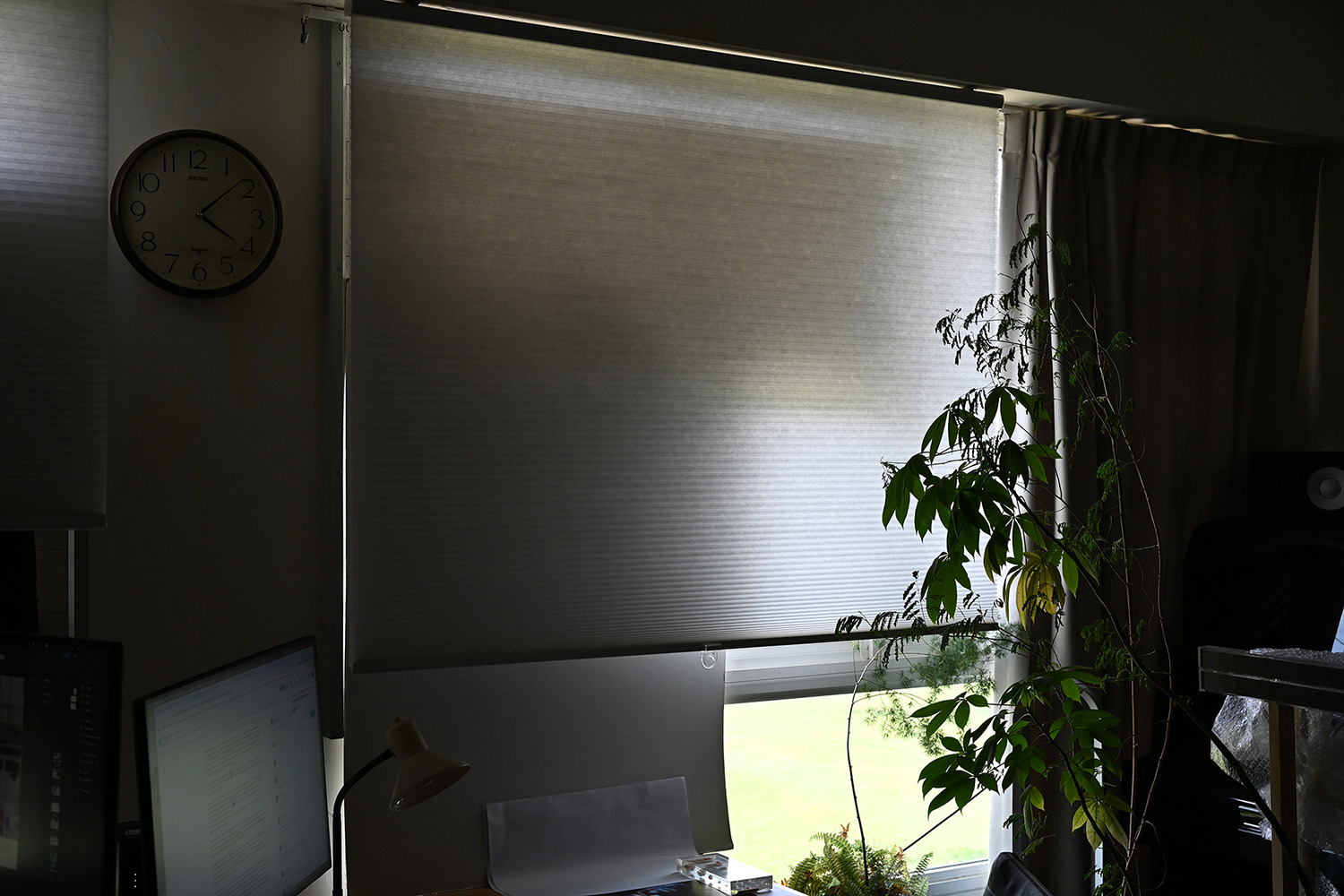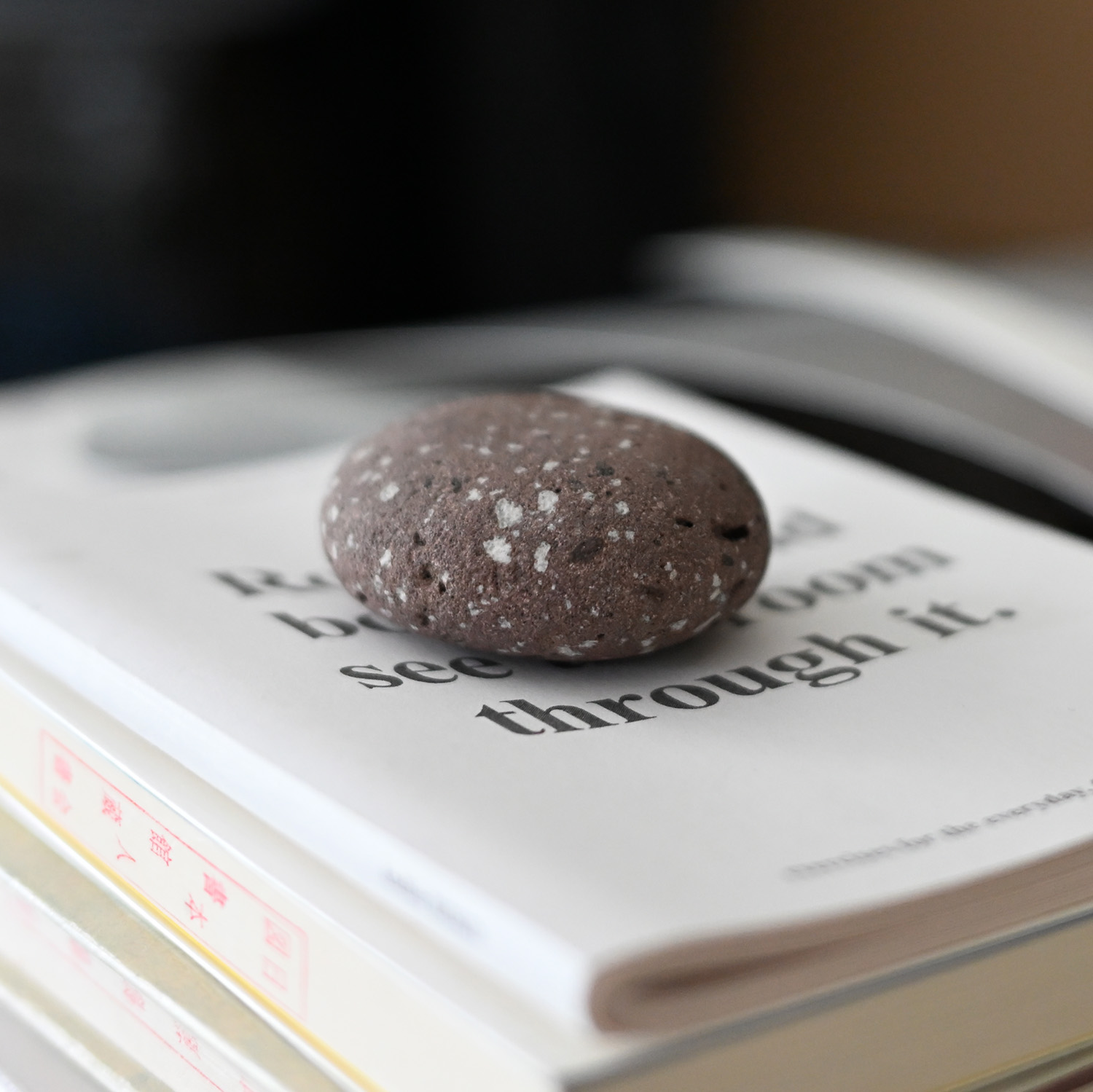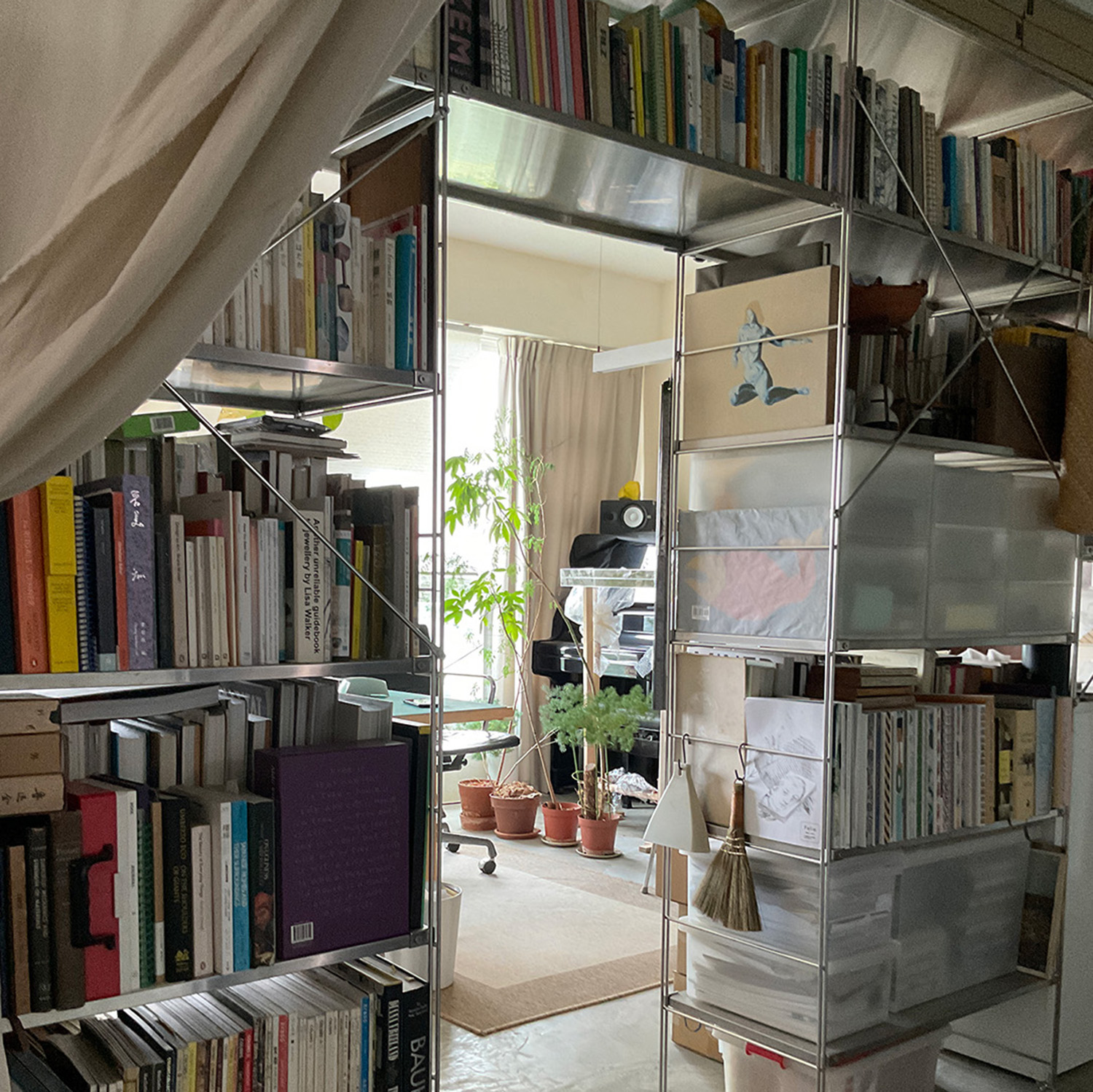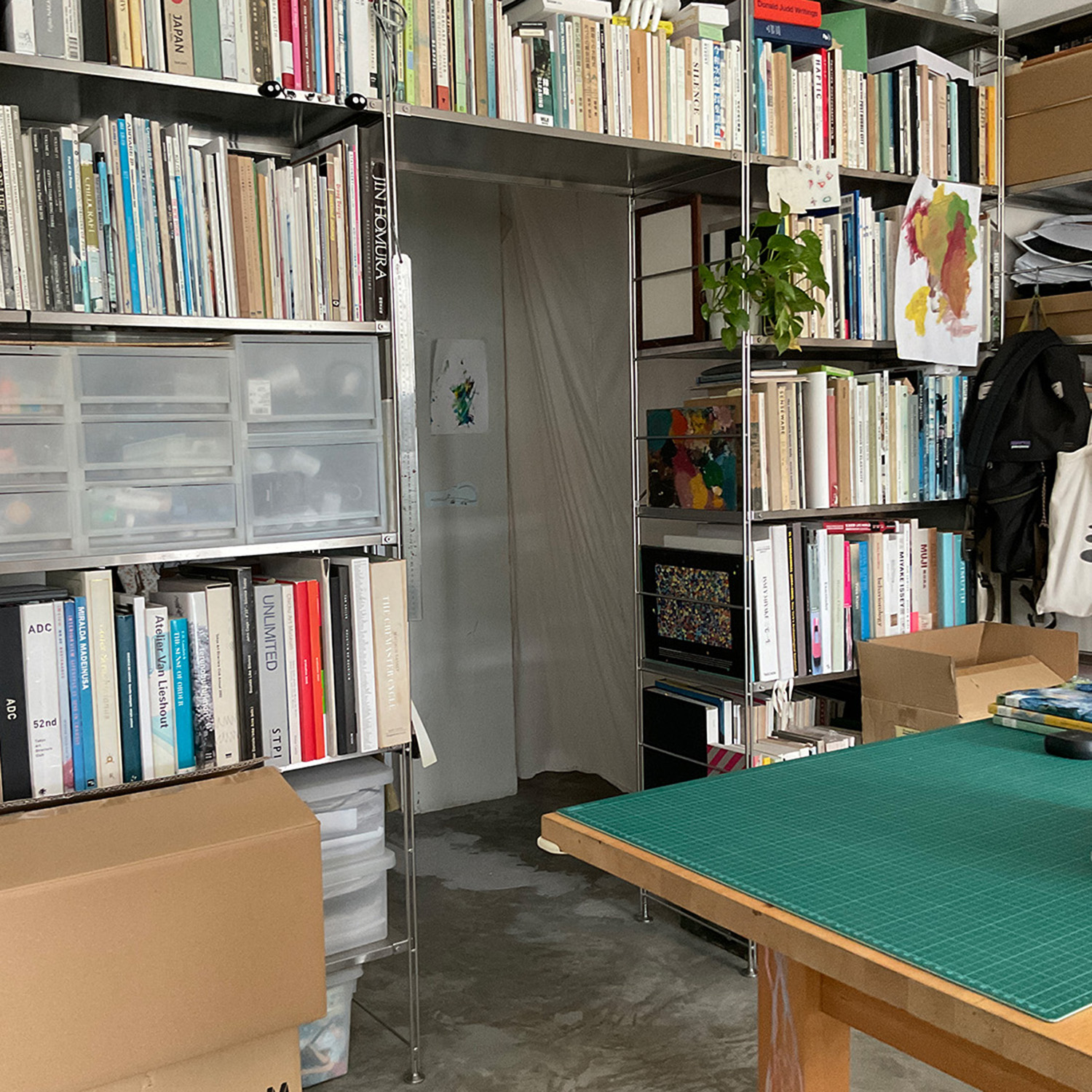TOWN TALK / 1か月限定の週1寄稿コラム
【#3】Darkness
Writing:Atelier HOKO
2025年4月26日
In general, we can agree that most human beings enjoy the idea of having natural daylight flowing into their living space. It is especially comforting during the deepest winter months and while such sensations are virtually unknown (and frankly not very desirable) in tropical climates, we too yearn to welcome long shafts of sunlight cutting across our interior in varying dramatic fashion. It sounds superficial for sure but maybe this is a primitive human desire (or simply what we often see in movies…)
When natural daylight enters the interior space, the most unremarkable of things awaken; dusty figures, rows of books, a broken ruler call for attention until the sun shifts or a passing cloud comes in-between.
In our office, which is first and foremost a residential space that was built 10 years ago, every room comes with very large windows–a feature that was considered uncommon in most apartments 30 years ago in Singapore. In a country where the sun’s heat can turn a non-believer religious in just one cloudless afternoon, it’s curious that we don’t seem to blame the windows for this discomfort. On the contrary, the demand for floor to ceiling windows keeps rising in popularity and are often marketed as luxurious!
This is understandable considering how most apartments here rely heavily on the wondrous cool of air-conditioning; some people actually keep the AC on 24/7! This way, they can enjoy sitting in the cooled, recycled air, sun on their face, sipping piping hot tea, forehead barely sweating, until they receive the monthly electricity bill.
Perhaps, we’ve become so used to the sun and its superior presence over us that we have given up on trying to fight against it on our own. Instead, we rely on human-made structures, technology and devices to fend off the Sun’s power in various ways. We begin to “forget” the sun when indoors. At most, it is a daytime lamp in the shape of windows. Surely, this is problematic.
Over the years, we have tried many ways to regulate and adjust the light coming through with a variety of pre-fab curtains, roller blinds, assorted fabrics and solid boards. Many have asked why we have not committed to a proper system but because we often require different lighting conditions to suit the varying tasks within the office–from cutting paper with a sharp blade to product photography–we find it necessary to be constantly adjusting and responding to the sunlight by putting up boards, hanging fabrics and even wearing hats or visors indoors!
This way of dealing with the sunlight streaming into our office may sound terribly unproductive, messy and also make us look a little silly but maybe we can consider these actions as a consistent and direct interaction with the sun; instead of passively letting pre-fixed curtains and blinds determine the brightness of a room, each time we improvise nearby materials and make micro adjustments to regulate the light flowing in, we are taking control of our own comfort.
To live actively alongside the sun is certainly inconvenient but maybe it is also a way of acknowledging its existence; something our overly indoor bodies seem to not consider so much nowadays.
Profile
Atelier HOKO
An independent creative practice in Singapore, founded by Alvin Ho and Clara Koh. In their self-published magazine Science of the Secondary, they explore a single, often-overlooked object or phenomenon from everyday life in each issue, examining it from a variety of perspectives.
Official Website
https://atelierhoko.com/
Instagram
https://www.instagram.com/atelierhoko/
ピックアップ
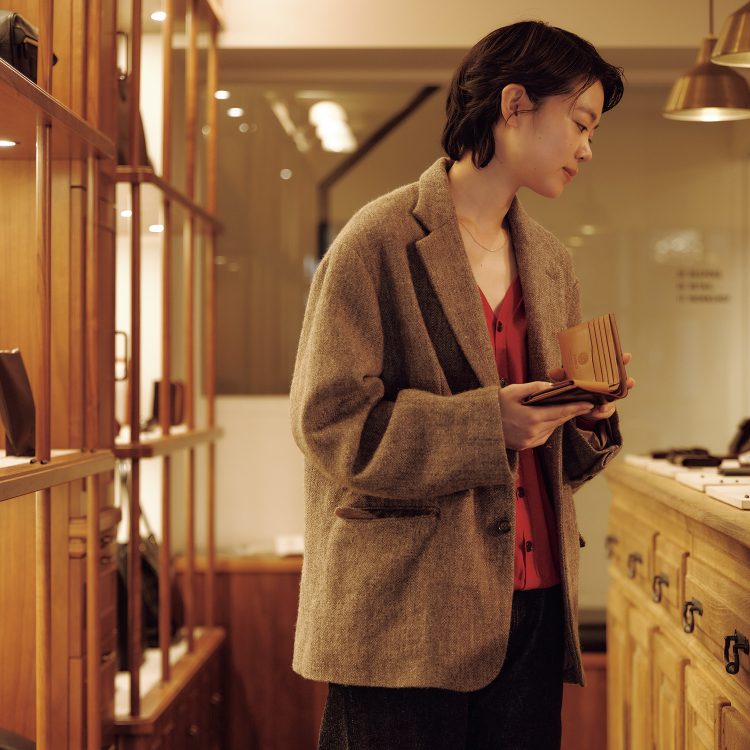
PROMOTION
〈ガンゾ〉今年のクリスマスには財布を贈ろう。
GANZO
2025年12月9日
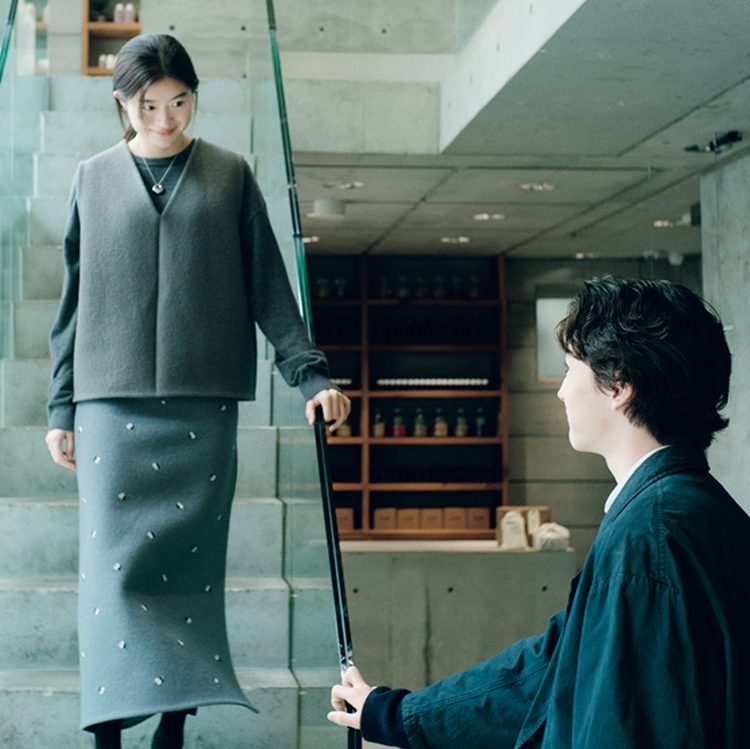
ファッション
今日は〈ル ラボ〉で待ち合わせ。
LE LABO
2025年12月9日

PROMOTION
「伝説の広報誌『洋酒天国』を語る夜」レポート。
NORMEL TIMES
2025年12月8日

PROMOTION
レゴ®ブロックの遊び心でホリデーシーズンを彩ろう。
レゴジャパン
2025年11月28日

PROMOTION
11月、心斎橋パルコが5周年を迎えるってよ。
PARCO
2025年11月10日

PROMOTION
紳士の身だしなみに、〈パナソニック〉のボディトリマーを。
Panasonic
2025年12月3日

PROMOTION
〈チューダー〉の時計と、片岡千之助の静かな対話。
Finding a New Pace feat. Sennosuke Kataoka
2025年11月28日
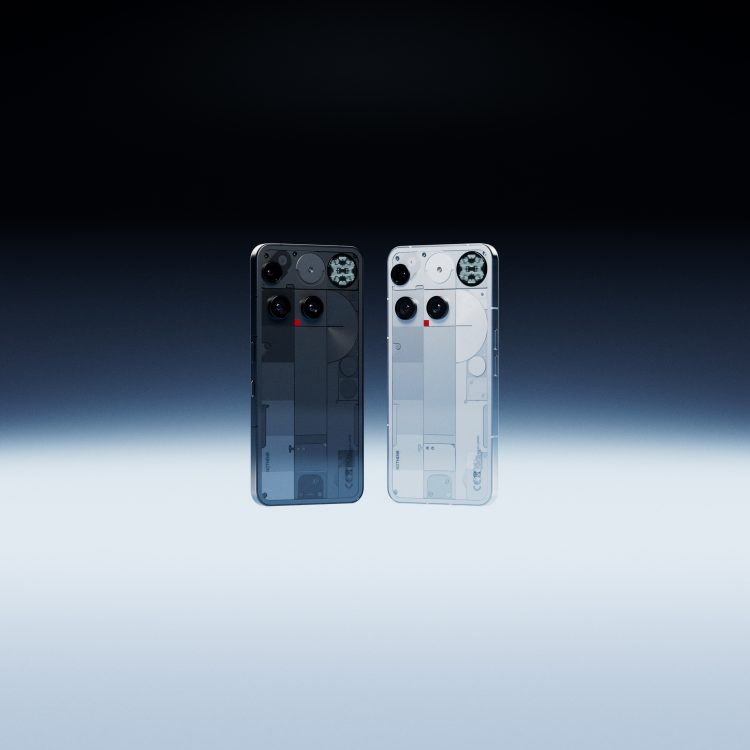
PROMOTION
ロンドン発 Nothing のPhone (3)は新しいスマホの最適解。
Rakuten Mobile
2025年12月1日

PROMOTION
「PARCO HAPPY HOLIDAYSキャンペーン」を手掛けたジャン・ジュリアンに会ってきた!
PARCO
2025年12月18日

PROMOTION
見上愛さんと探す、中山競馬場の遊び方。
JRA
2025年12月18日

PROMOTION
〈ダムド〉のコンプリートカーで真冬の海を二人占め。
DAMD
2025年12月9日
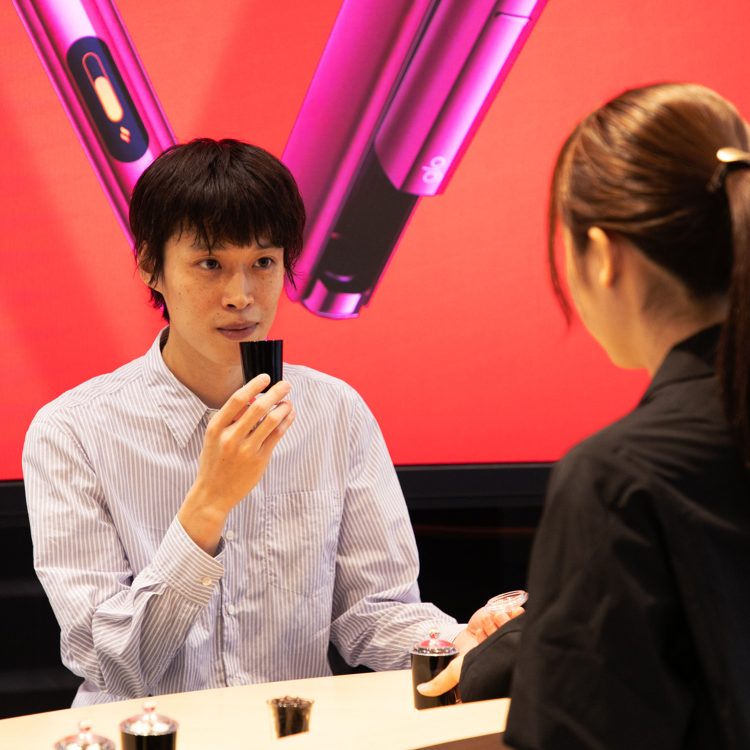
PROMOTION
〈glo™〉の旗艦店が銀座にオープン! 大人への一歩はここからはじめよう。
2025年12月4日

PROMOTION
6周年を迎えた『渋谷パルコ』を散策してきた!
SHIBUYA PARCO
2025年11月22日
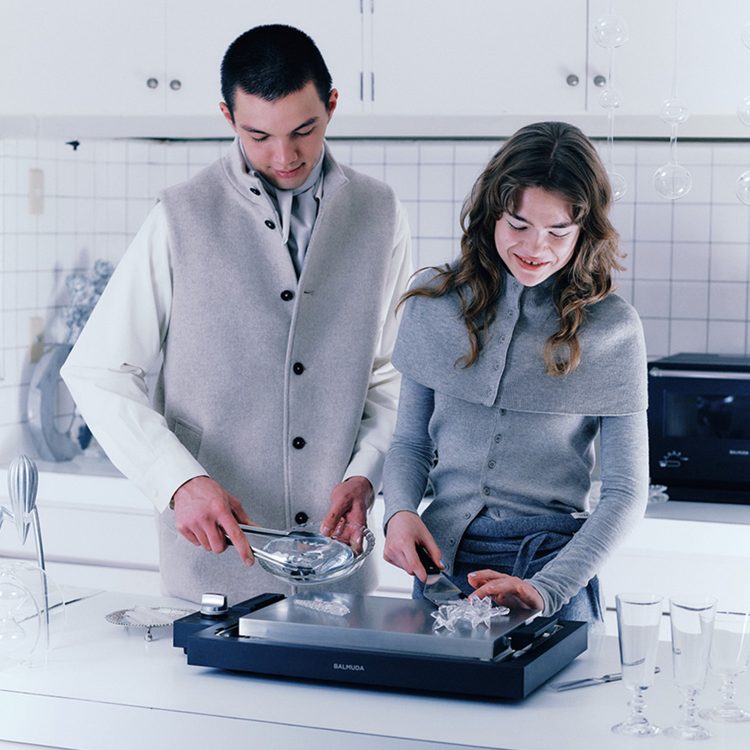
PROMOTION
〈バルミューダ〉のギフト、ふたりのホリデー。この冬に贈るもの、決めた?
BALMUDA
2025年11月21日
